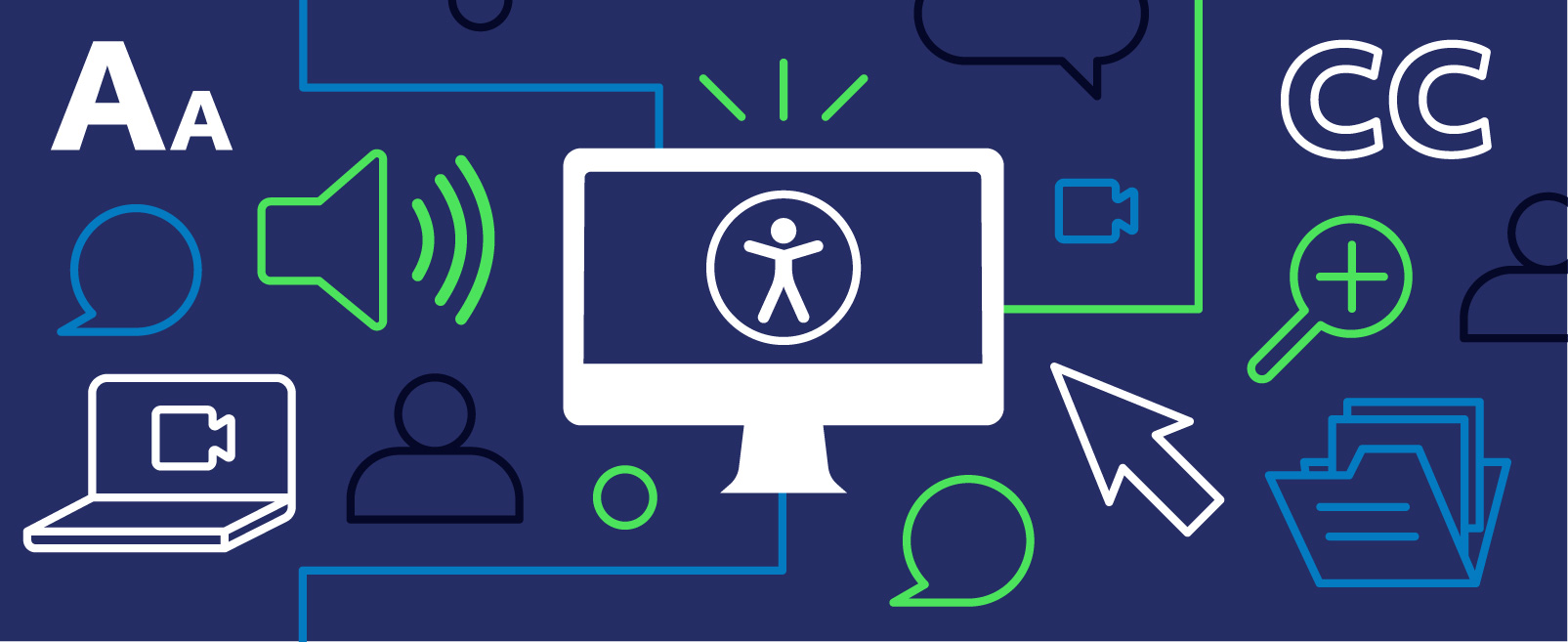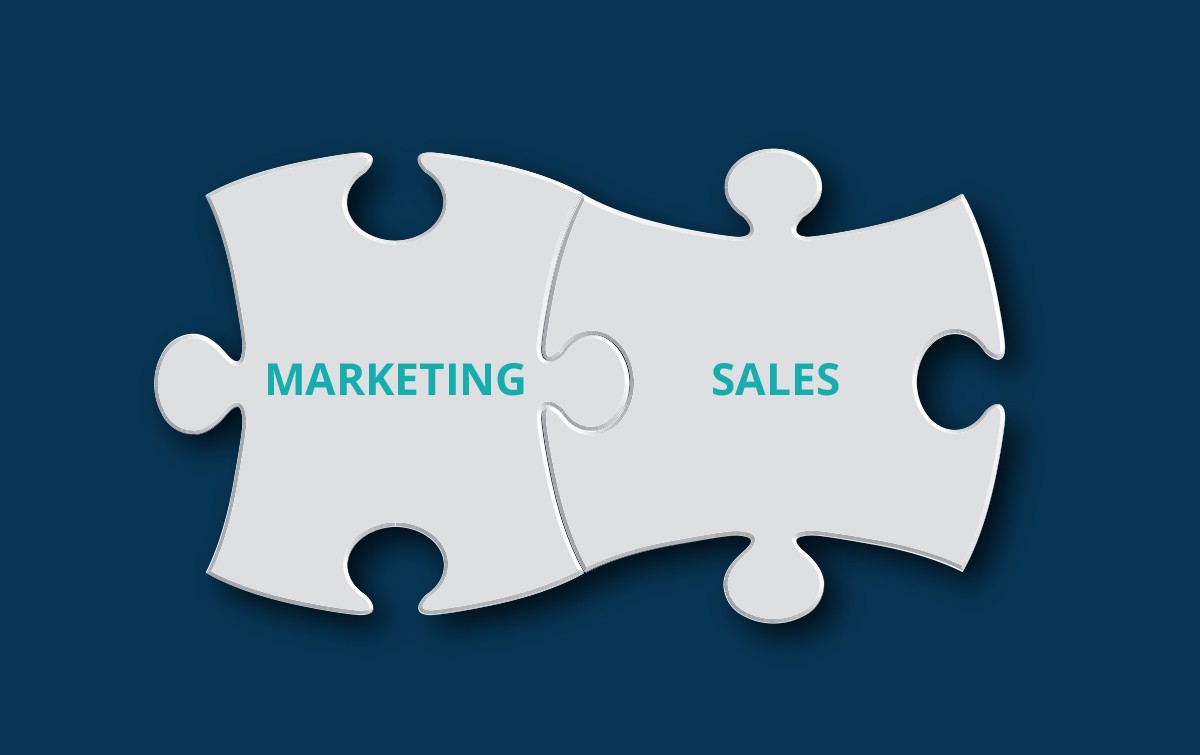Digital accessibility is designing your business’s websites, tools, and technologies to allow everyone, including people with disabilities, to use them as easily as possible.
Some of the disability types to consider when designing accessible websites and digital media include:
- Blindness and low vision
- Hearing loss and deafness
- Limited movement
- Those with a speech disability
- Neurological limitations like Alzheimer’s, Parkinson’s, etc.
An accessible website must use different designs and web development practices that make it possible for people with disabilities to navigate the site. For instance, when the website has sufficient color contrast between the text and background colors, it becomes easier for those with low vision to read the text.
How People with Disabilities Affect Your Business
Worldwide, people with disabilities make a large and under-served minority group. Many brands continue falling short of expectations for a digitally accessible user experience and, in effect, leaving out an enormous market segment.
Here are a few facts about people with disabilities:
- Around 15% of the global population has some disability
- The global spending power for this population is more than $6 trillion
In simple terms, if you have a website that is not accessible, you’re excluding a big percentage of the global population and losing potential sales.
Digital Content those Marketers should be Concerned About
Any content you decide to put out for public consumption must be checked for accessibility. The US Department of Justice (DOJ) maintains that public content falls under the ADA – Title III of the Americans with Disabilities Act (ADA). Therefore, whatever you put out there must be ADA compliant to ensure everyone has access. If your website is inaccessible according to ADA standards, you will face digital accessibility lawsuits, so why take the risk?
Accepted Guidelines for Digital Accessibility
The World Wide Web Consortium (W3C) is the international group that governs web standards- prescribed guidelines on how to deliver a consistent web experience for every user across all platforms and devices. W3C educates people on ensuring all individuals, regardless of ability, have a compatible experience with digital accessibility.
The W3C came up with the Web Content Accessibility Guidelines (WCAG), a resource for digital content creators. The guidelines have criteria for accessible digital assets. Your content must align with the WCAG techniques, and you must do user testing to ensure the user experience is acceptable for most users for you to host an accessible website.
Where To Start
If you are finding digital accessibility overwhelming, you can start by getting a free website accessibility checker to check whether your website meets the standards or if there’s room for improvement.
Conclusion
Inaccessibility of information to the disables has been a growing problem and marketers need to be sensitive to this. They have to create and design their websites with accessibility for all as a priority. When you improve the accessibility of your content, you will ensure that it reaches the maximum number of people, you’ll decrease the digital divide and might tap into a whole new market.



















































